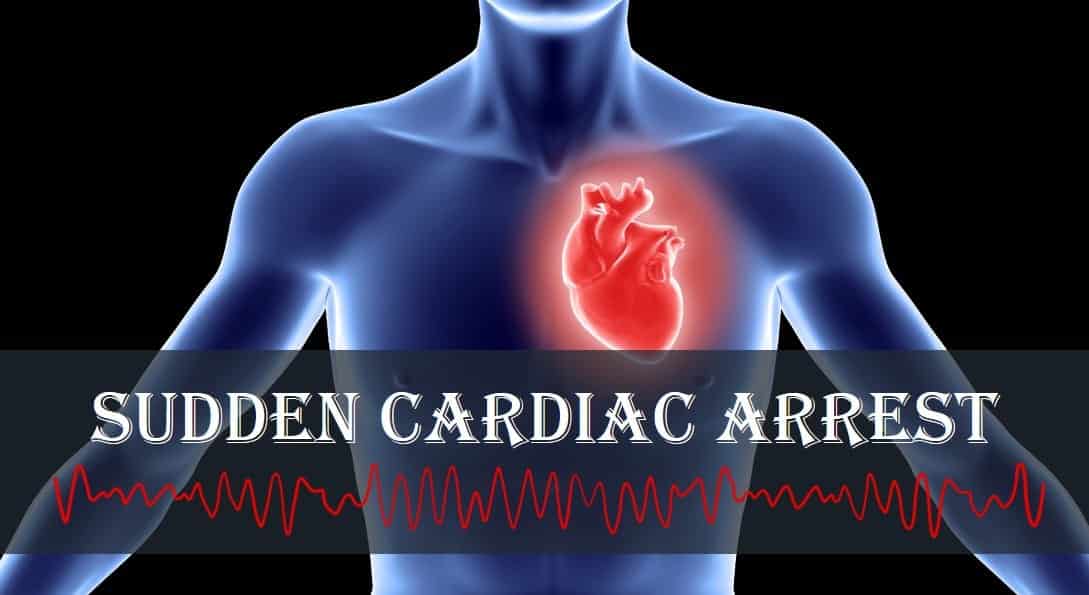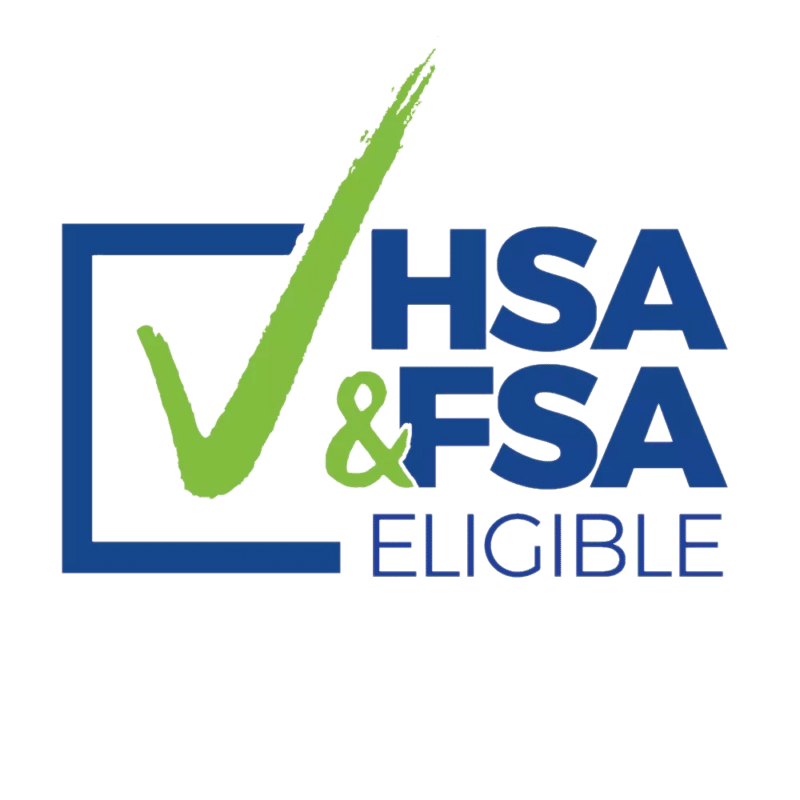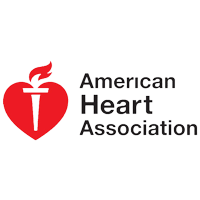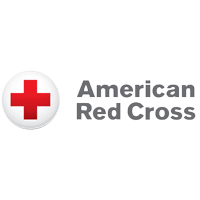No products in the cart.
AED's, Cardiac Science package
October: National Sudden Cardiac Arrest Awareness Month
As the leaves turn vibrant shades of red and gold and autumn settles in, October brings with it an important observance: National Sudden Cardiac Arrest Awareness Month. This annual campaign aims to shine a spotlight on a condition that claims the lives of hundreds of thousands of people each year in the United States alone. Sudden cardiac arrest (SCA) is a medical emergency with profound implications, and raising awareness can make a significant difference in survival rates.
Sudden Cardiac Arrest
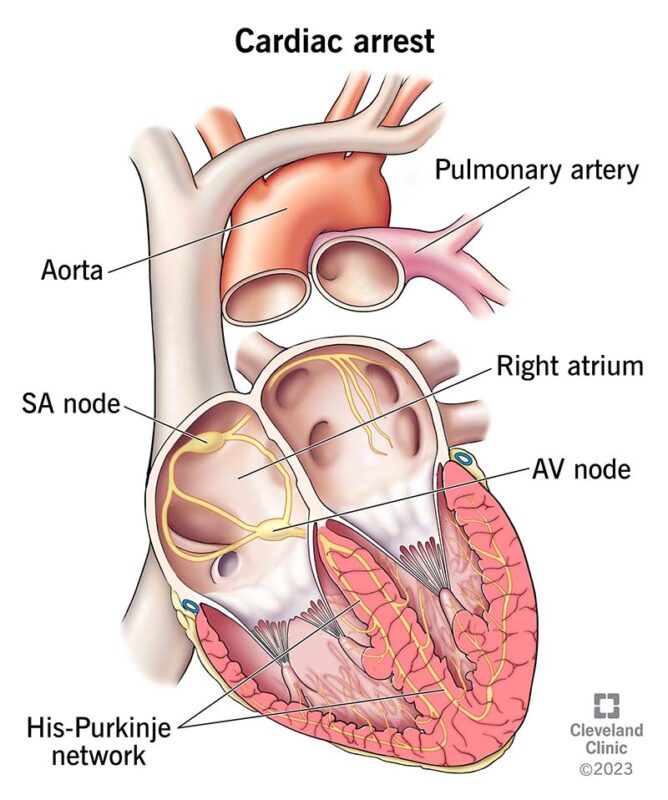
Sudden cardiac arrest is a sudden and unexpected loss of heart function, breathing, and consciousness. It occurs when the heart’s electrical system malfunctions, leading to a dangerous arrhythmia or irregular heartbeat. This disruption prevents the heart from pumping blood effectively, depriving vital organs and tissues of oxygen. Without immediate intervention, SCA is often fatal.
It is crucial to differentiate between sudden cardiac arrest and a heart attack. While both involve the heart, they are distinct conditions. A heart attack occurs when blood flow to a part of the heart is blocked, leading to damage to the heart muscle. In contrast, SCA is primarily a problem with the heart’s electrical system, not its blood supply. Nevertheless, both conditions require prompt medical attention.
Recognizing the Warning Signs
Sudden cardiac arrest can happen without warning, but there are sometimes signs or risk factors that can precede an episode. Common symptoms that might precede an SCA include:
- Chest Pain: A feeling of pressure, squeezing, or pain in the chest that might spread to the arms, neck, or jaw.
- Shortness of Breath: Difficulty breathing or feeling winded without exertion.
- Dizziness or Lightheadedness: Feeling faint, dizzy, or like you might pass out.
- Unusual Fatigue: Extreme tiredness that doesn’t seem to have a clear cause.
- Palpitations: An irregular or rapid heartbeat.
It’s important to note that many cases of SCA occur without any preceding symptoms. For individuals at high risk, such as those with known heart disease or a history of arrhythmias, the risk of SCA is particularly acute.
Risk Factors and Prevention
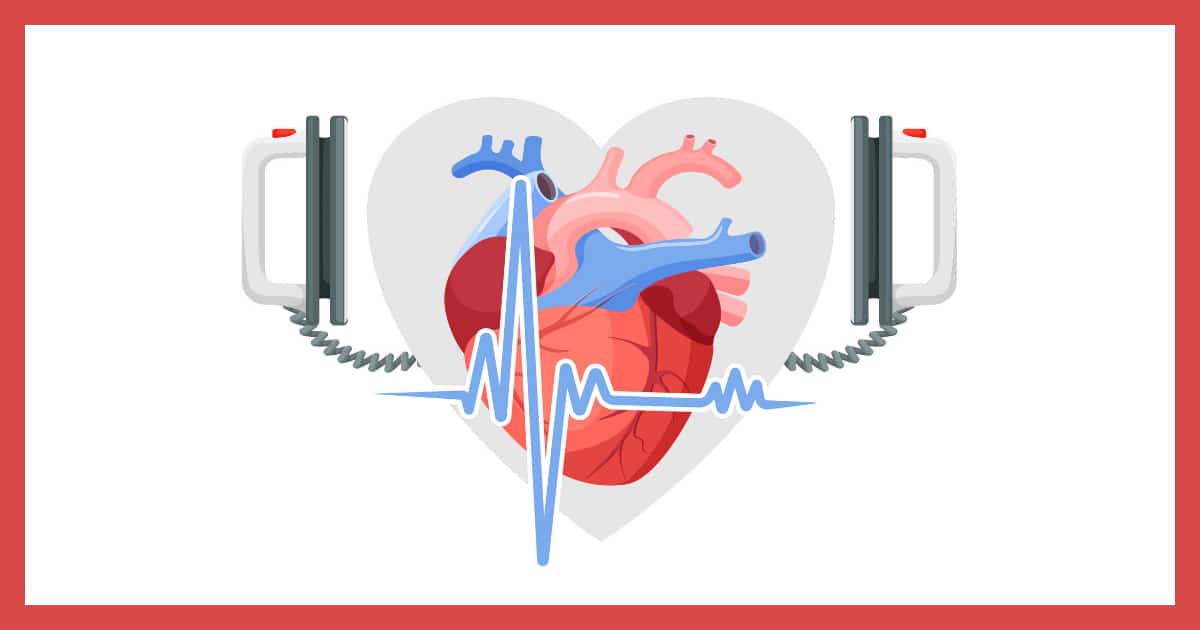
Several factors can increase the risk of sudden cardiac arrest. These include:
- Coronary Artery Disease: The most common risk factor, is where the arteries supplying blood to the heart become narrowed or blocked.
- Previous Heart Attack: A history of heart attacks increases the likelihood of arrhythmias.
- Heart Failure: A condition where the heart is unable to pump effectively.
- Genetic Conditions: Certain inherited conditions, such as Long QT Syndrome or Brugada Syndrome, can predispose individuals to SCA.
- Heart Valve Problems: Issues with the heart’s valves can contribute to arrhythmias.
- Drug Abuse: Use of stimulants or other drugs can increase the risk.
Preventing sudden cardiac arrest involves addressing these risk factors proactively. This can include managing chronic conditions, adopting a heart-healthy lifestyle, and regular medical check-ups. For individuals at high risk, a physician might recommend additional monitoring or interventions.
The Importance of Immediate Action
The survival rate for sudden cardiac arrest is significantly impacted by the speed of response. Immediate action is crucial and involves two key steps:
Cardiopulmonary Resuscitation (CPR):
If someone collapses and shows no signs of life, starting CPR immediately can help maintain blood flow to the brain and other vital organs until emergency services arrive. Compressions should be hard and fast, aiming for a depth of about 2 inches and a rate of 100-120 compressions per minute.
Automated External Defibrillator (AED):
An AED is a portable device that can analyze the heart’s rhythm and, if necessary, deliver an electric shock to restore a normal rhythm. AEDs are increasingly available in public places, and their use can dramatically increase the chances of survival.
Training in CPR and AED use is widely recommended and can be a life-saving skill. Many organizations, including the American Heart Association and the Red Cross, offer certification courses that teach these vital techniques.
The Role of Public Awareness
National Sudden Cardiac Arrest Awareness Month serves to educate the public about SCA, its risk factors, and the importance of immediate response. By increasing awareness, we can ensure that more people are prepared to act swiftly in the event of a cardiac emergency. Public awareness campaigns often focus on:
- Education: Providing information about the signs, symptoms, and risk factors of SCA.
- Training: Encouraging people to learn CPR and how to use an AED.
- Advocacy: Supporting policies that increase the availability of AEDs in public spaces and promoting research into better treatments and preventive measures.
Stories of Survival and Hope
Every October, stories of individuals who have survived sudden cardiac arrest serve as powerful reminders of the importance of quick action. These stories often highlight the role of bystanders who performed CPR or used an AED, illustrating how timely intervention can make a life-saving difference.
One notable example is the case of a young athlete who collapsed during a game. Thanks to the quick actions of his teammates, who administered CPR and used an AED, he survived and made a full recovery. Such stories underscore the critical role that awareness and preparedness play in saving lives.
Moving Forward: Enhancing Awareness
As we observe National Sudden Cardiac Arrest Awareness Month, it is essential to continue advocating for better public education and training. Schools, workplaces, and community organizations should incorporate CPR and AED training into their programs. Additionally, increasing the accessibility of AEDs like Calmed Equipment in public places can help ensure that more lives are saved.
In conclusion, while sudden cardiac arrest remains a serious and often sudden threat, increased awareness and preparedness can significantly improve survival rates. By understanding the risks, recognizing the signs, and taking immediate action, we can collectively work towards reducing the impact of this condition. October’s awareness campaign is a call to action for everyone to learn, train, and be ready to act in the event of an emergency.

